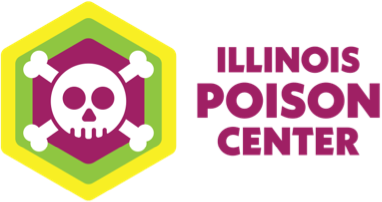Cosmetics
Cosmetics, or makeup, have been around for a long time. You’d have to go back 6,000 years ago to ancient Egypt to find the first historical use of pigmentation on the skin, eyes and lips. Today, a growing number of beauty brands and products offers consumers many options, from ones founded in the last century to new brands popping up.
While ingredients vary by type and brand, cosmetics may contain:
- Oils and waxes, including lanolin, which comes from sheep wool
- Perfumes
- Coloring agents or pigments
- Antioxidants, preservatives and emulsifying agents
Cosmetics can be appealing to children because of their bright colors and pleasant smell, or because children like to imitate adults. Keep cosmetics out of reach of infants and toddlers. Supervise older children who are playing with or applying makeup.
Symptoms
Cosmetics are designed to be used on or near delicate areas of the face, including the eyes and lips. They are very safe—even when some makeup is unintentionally swallowed. Swallowing even a mouthful of a cosmetic product usually does not cause any symptoms. At worst, it can cause a slight upset stomach or loose stools.
What to Do
If a cosmetic product gets into the eye, it is best to rinse the eye thoroughly. Information on how to irrigate the eyes can be found here. Visit our My Child Ate… Makeup page for what to do if your child swallows a cosmetic or makeup product.
IPC is here to help. Calls to our helpline, 1-800-222-1222, are free and confidential. Toxicology experts are available to answer your questions 24 hours a day, seven days a week.
